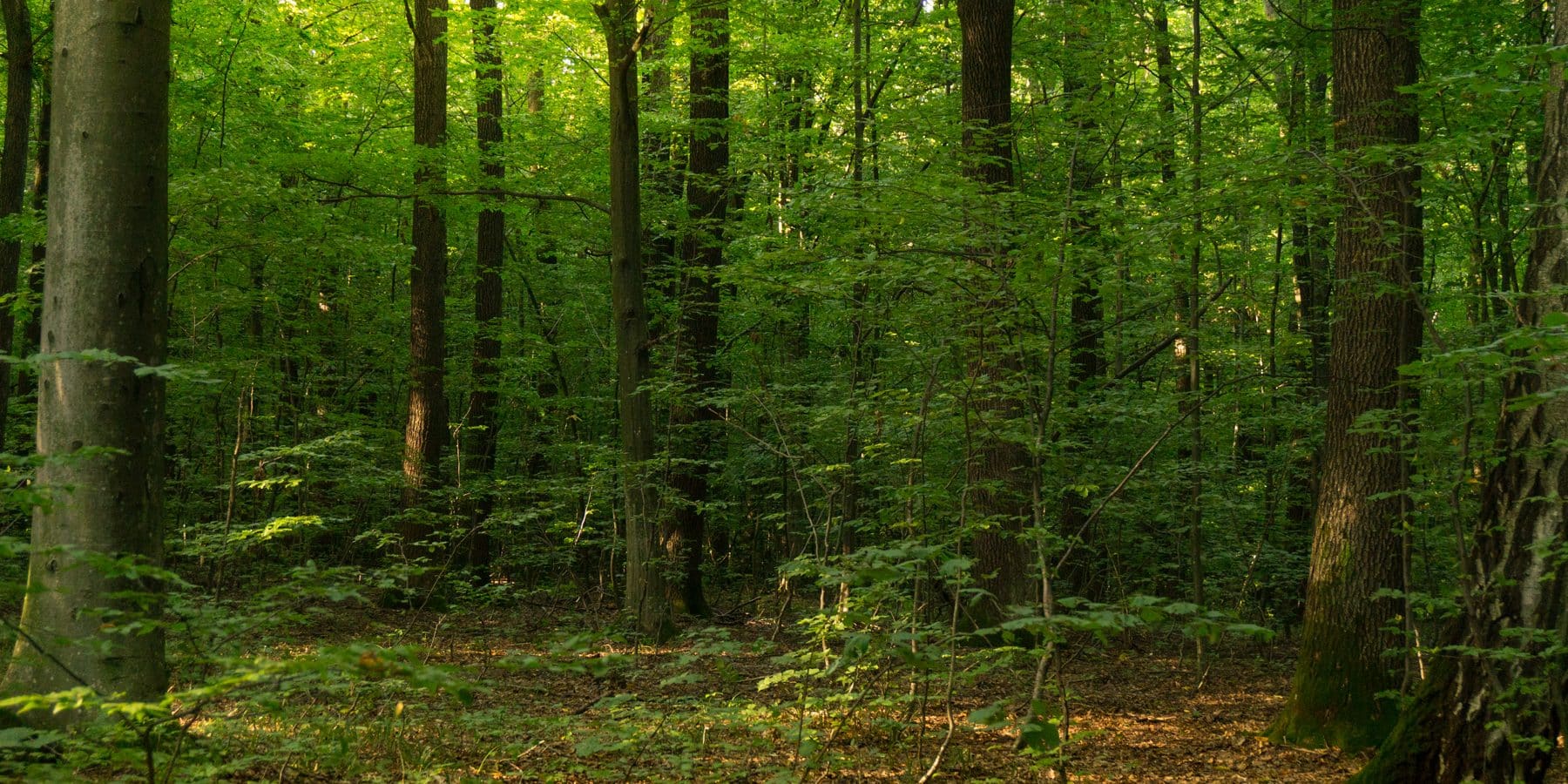Cartonboard packaging helps the environment by preventing waste and loss of resources used to grow or manufacture the packaged product. If folding cartons did not exist, a high percentage of food and other goods would be lost due to handling and transit damage, lack of hygiene and insufficient information on product use.
Cartonboard packaging is a valuable resource. It can be easily collected and recycled and this can happen up to 7 times before the fibres lose their papermaking qualities. Recycling of paper and board makes good sense from an environmental and economic perspective. It means the efficient use of raw materials from the forest, a reduction in waste and energy savings. It also plays its part in reducing greenhouse gas emissions generated in landfill.
However, degraded fibres from the recycling process need to be replaced with new virgin fibres and without this input, there would be no recycled fibres available. The two fibre streams, recycled and virgin are not two separate systems but are interconnected and interdependent. Good packaging should be chosen on the basis that it is fit for purpose, not on fibre type and optimised to use the right amount of raw materials.
Water is fundamental to paper and board making. Although the industry uses large volumes of water, only around 8% of that used is consumed. The remaining 92% is returned to the environment and due to efficient waste water treatment, the water leaving the mill is cleaner than when it went in.
Over 95% of all energy used in board making is generated at the mills. With the growing installation of biomass-based boilers, which use waste materials from the pulping process, the use of bioenergy has increased to 56%, making the paper and board industry the largest producer of bioenergy in Europe.








